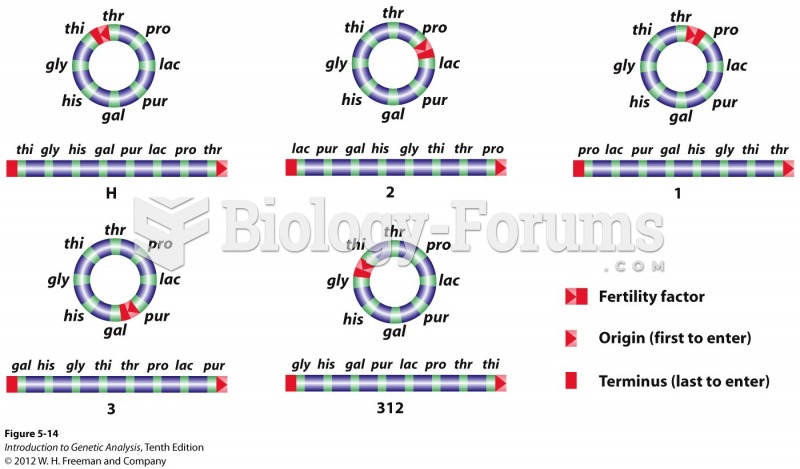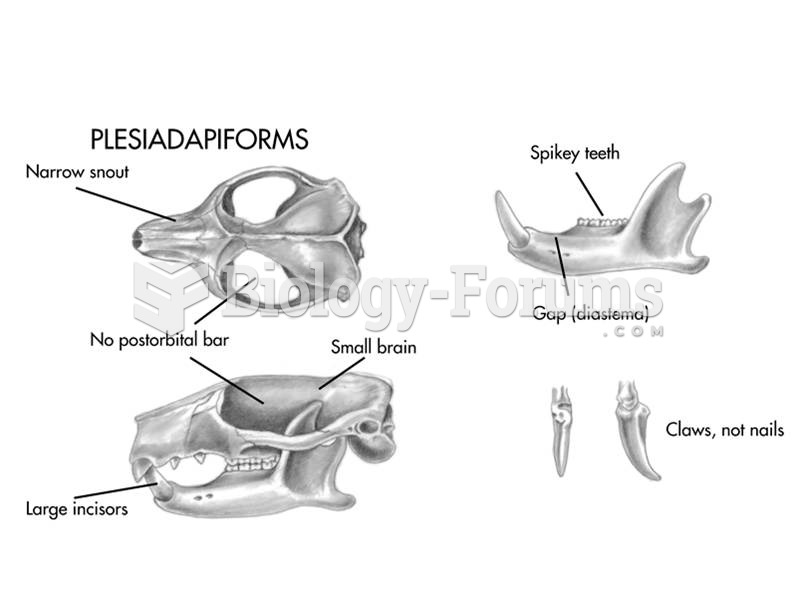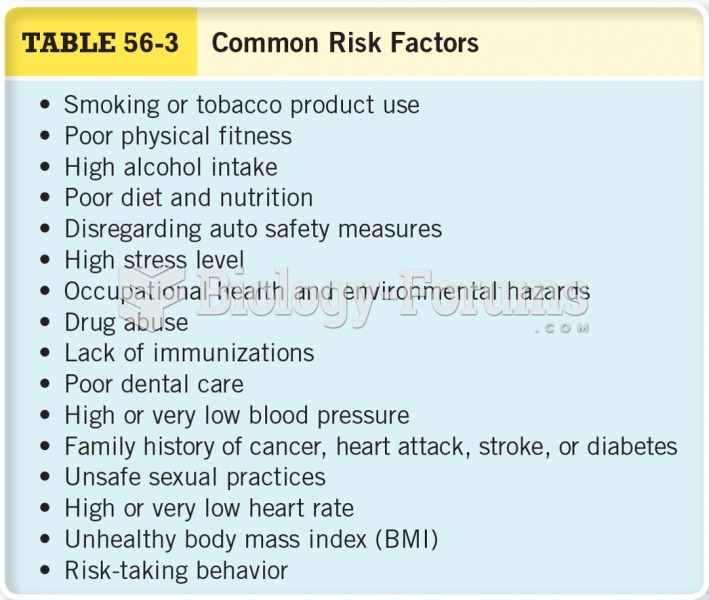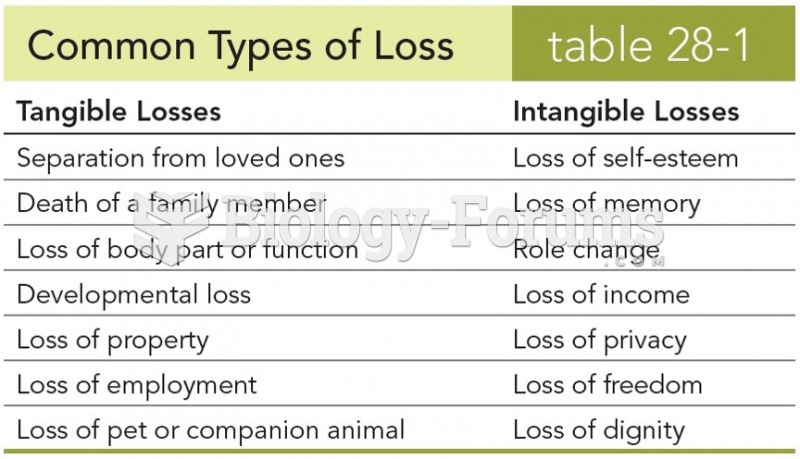Answer to Question 1
Answer: TRUE
Answer to Question 2
Answer:
a. Problem-solving teams these teams are teams from the same department or functional area who are involved in efforts to improve work activities or to solve specific problems. In problem-solving teams, members share ideas or offer suggestions on how work processes and methods can be improved. However, these teams are rarely given the authority to unilaterally implement any of their suggested actions.
b. Self-managed teams these teams are formal groups of employees who operate without a manager and are responsible for a complete work process or segment. The self-managed team is responsible for getting the work done and for managing themselves. This usually includes planning and scheduling of work, assigning tasks to members, collective control over the pace of work, making operating decisions, and taking action on problems.
c. Cross-functional teams these teams are a hybrid grouping of individuals who are experts in various specialties and who work together on various tasks.
d. Virtual teams these are teams that use computer technology to link physically dispersed members in order to achieve a common goal. In a virtual team, members collaborate using communication links such as wide area networks, videoconferencing, fax, e-mail, or even Web sites where the team can hold online conferences. Virtual teams can do all the things that other teams canshare information, make decisions, and complete tasks; however, they miss the normal give-and-take of face-to-face discussions. Because of this omission, virtual teams tend to be more task oriented especially if the team members have never personally met.







